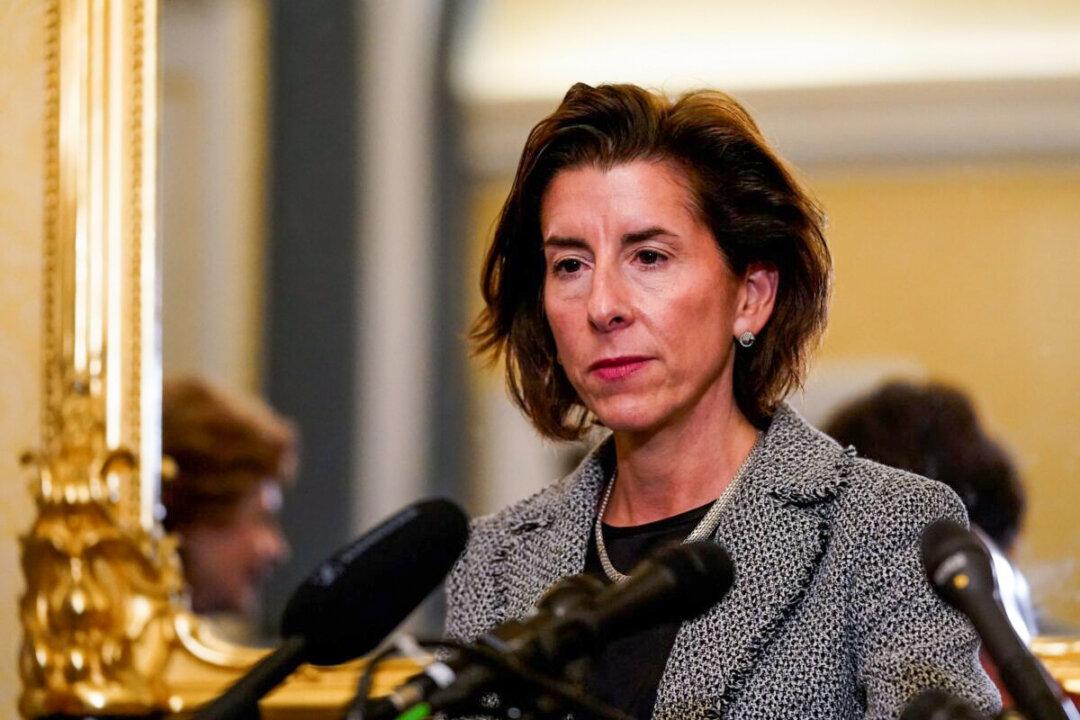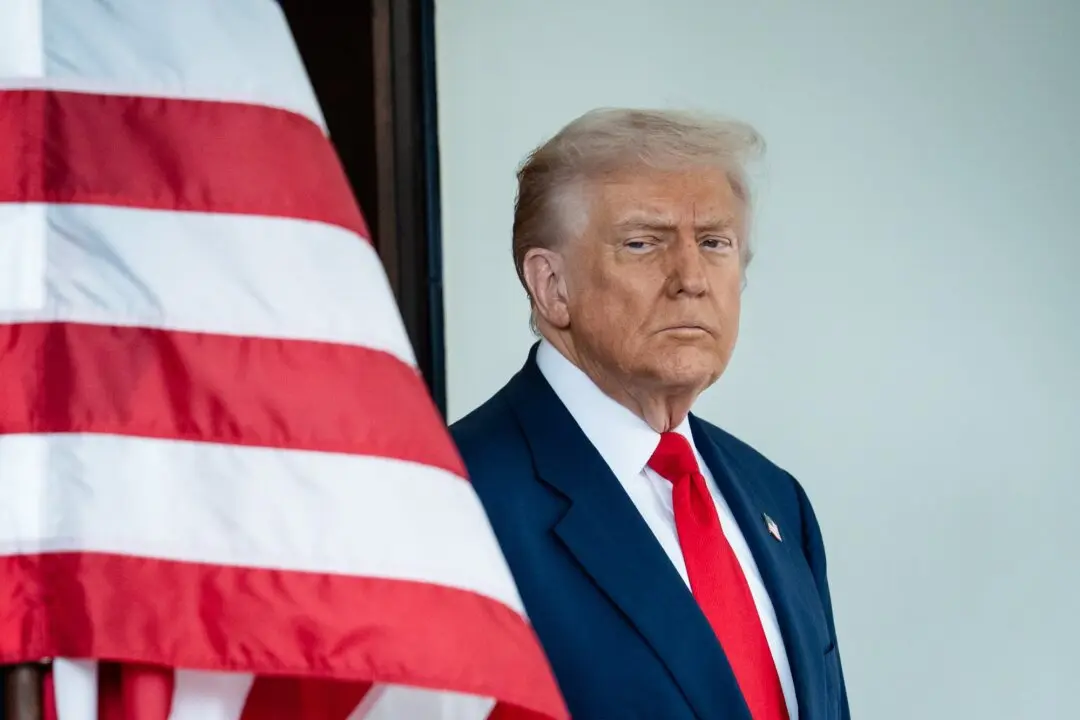Commerce Secretary Gina Raimondo told TV Tokyo in an interview on Nov. 15 that the United States will not join the Comprehensive and Progressive Agreement for Trans-Pacific Partnership (CPTPP) but will instead seek to form a separate, potentially “even more robust” economic framework.
Raimondo told the outlet that while the CPTPP pact “is not something that America would be part of at this time,” she said the United States is looking to form a framework with Japan and other nations that “could be even more robust in some ways than the traditional free trade agreement,” as per Nikkei Asia.





